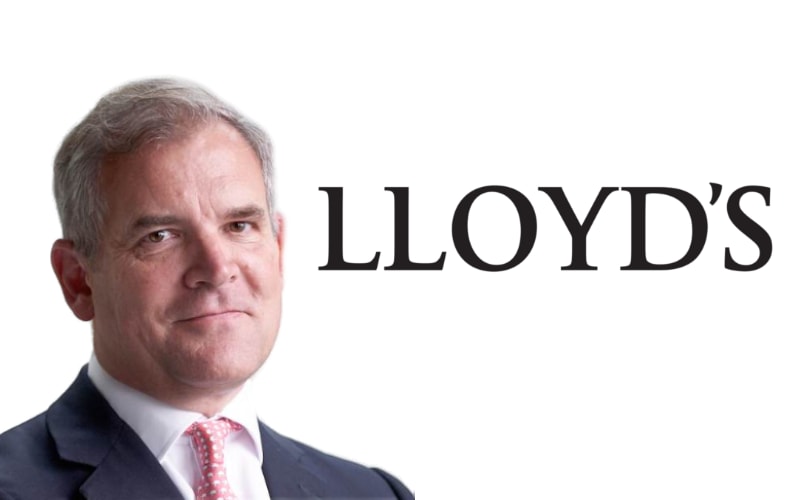For the insurance industry to successfully address some of the key risks facing the world and support resilience, inclusivity, and sustainability, it’s vital that there’s a real focus on cost, confidence, and relevance, according to Bruce Carnegie-Brown, Chairman of Lloyd’s, the specialist insurance and reinsurance marketplace.
 During an insightful discussion with Ketan Patel, Chairman of Force for Good, an organisation focused on transforming capitalism for a secure and sustainable future, with coverage provided by ESG News, Carnegie-Brown commented on the need to build resilience and the role of Lloyd’s and the broader insurance industry in tackling both established and emerging risks.
During an insightful discussion with Ketan Patel, Chairman of Force for Good, an organisation focused on transforming capitalism for a secure and sustainable future, with coverage provided by ESG News, Carnegie-Brown commented on the need to build resilience and the role of Lloyd’s and the broader insurance industry in tackling both established and emerging risks.
Focusing on the risk from climate, Patel highlighted the UN’s work with financial institutions which, as of a few years ago, pegged the financing gap at between $40 and $50 trillion, and the global capital flow at around $450 trillion.
He explained that according to Force for Good’s latest estimate, that financing gap has grown and now stands at roughly $130 trillion, and questioned whether this can be financed.
Patel asked Carnegie-Brown if there’s things the Lloyd’s market is doing as it looks to contribute to building a more resilient, inclusive, and sustainable world.
“For me, the key to the success of insurance in addressing some of the issues we’ve talked about is three things really: cost, confidence, and relevance,” said Carnegie-Brown.
“So, cost, we’ve got to make our product not just available but affordable to narrow this gap that you identified between the needs of the population broadly defined, and where the protection is available.”
On confidence, Carnegie-Brown noted that a large difference between insurance and other forms of financial services concerns an equal exchange of value at the point of transaction.
“I give you dollars, you give me Sterling. I buy your business, I give you money, you give me your business. And if there wasn’t an equal exchange of value the transaction wouldn’t happen. In insurance there’s a gap between when you pay me a premium and I pay you a claim, and your claim may never happen. And you may have a view that your money has been wasted if the claim doesn’t happen. And so, there’s a confidence gap between that,” said Carnegie-Brown.
“And I think that is fundamentally different therefore in terms of the way insurance needs to behave with its customers, and particularly because insurance is there for unexpected loss, whereas banking, by and large, deals with very high probabilities in terms of its outcomes. And so, when you’re dealing with things that are unexpected, there are bound to be conversations about mitigation, what was covered, how did you behave to help reduce the impact of this loss,” he added.
On the third piece, relevance, the Lloyd’s Chairman emphasised that the risks customers are faced with are changing rapidly.
“We are enormously good at insuring bricks and mortar because we’ve been doing it for 300 years. But if you look at the enterprise value of large corporations or indeed small corporations, anywhere in the world today, the bricks and mortar are a smaller and smaller part of the value of those enterprises. More and more of that value is in intangible assets, things like reputation, for instance.
“So, these are the things we need to challenge ourselves with, in order then to have a seat at the table when we’re trying to persuade governments, our customers, that they should be thinking differently about the risks that they’re taking,” said Carnegie-Brown.


